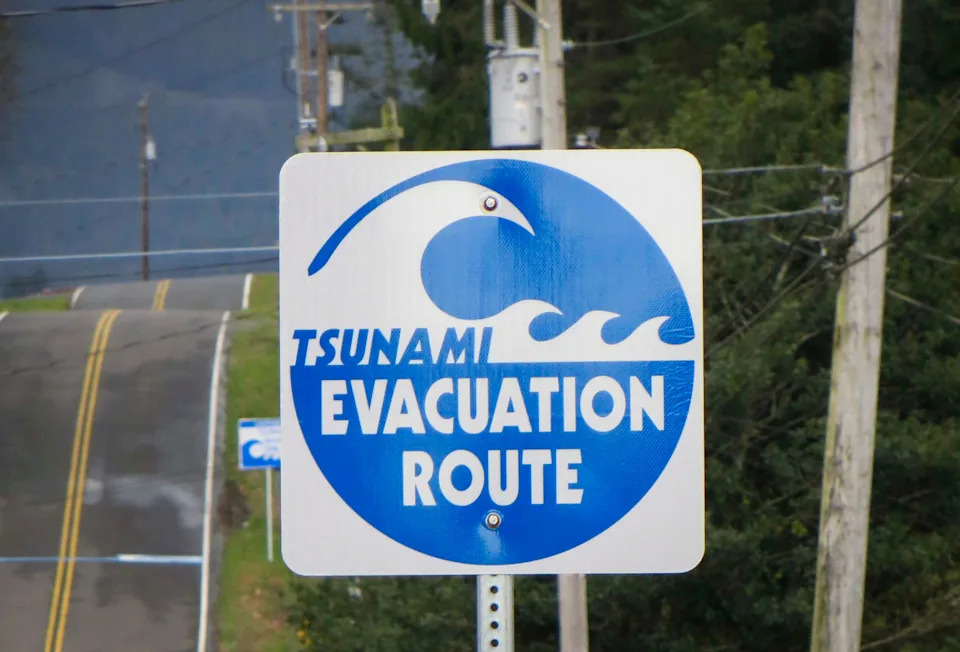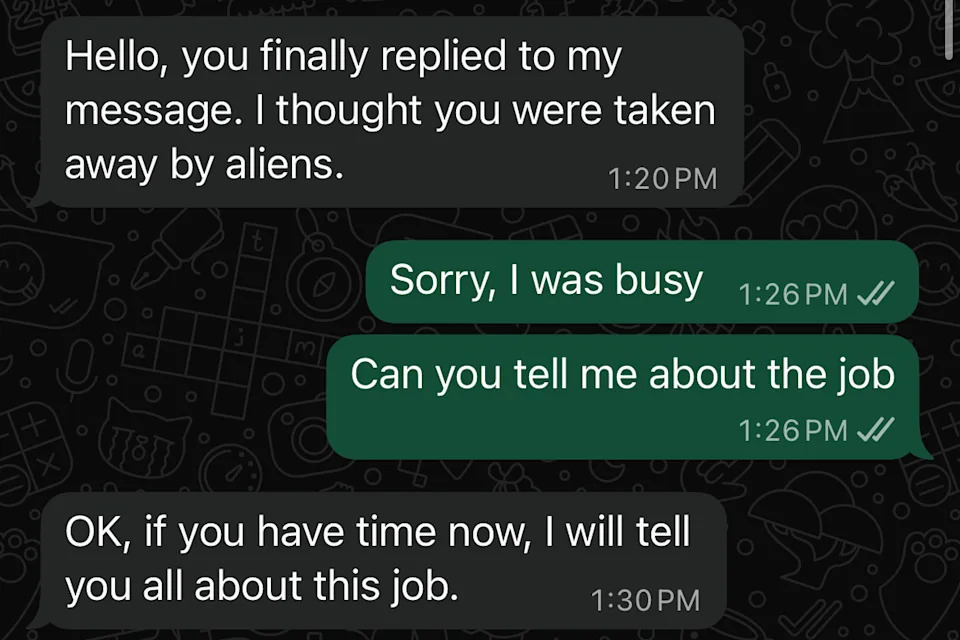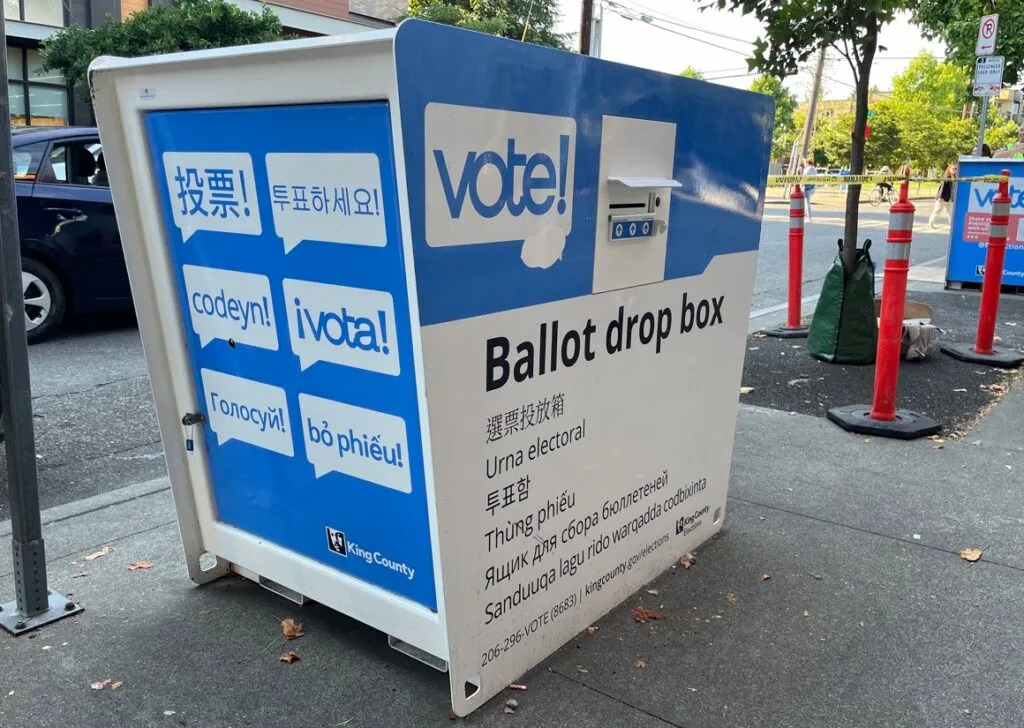Tsunami waves struck Hawaii shortly after 7 p.m. local time on Thursday July 29 following a powerful earthquake off Russia’s eastern coastline. Although initial concerns prompted evacuation orders in Hawaii, those orders were later lifted with no major damage caused.
Some of those waves reach the U.S. West Coast. Los Angeles County beaches reopened early on July 30 as the threat diminished.
Russian authorities reported little damage from the 8.8-magnitude quake that occurred on July 29.
The tsunami waves were not catastrophic. While they only caused localized floods, officials had prepared for the worst, as tsunamis can produce multiple waves, inundate entire coastal regions, and pose ongoing risks for hours.
Can we get a a tsunami in the East Coast? Here's what we know.
What is a tsunami?
A tsunami is a series of large ocean waves that surge inland and drag everything in their path.
Tsunamis are caused by sudden disturbance under the ocean or in coastal areas. Typical causes include underwater earthquakes, volcanic eruptions, and coastal or underwater landslides. Although rare, the impact of a meteorite can cause a tsunami as well.

Can we get tsunamis on the East Coast?
Technically, tsunamis can happen on the East Coast, but that scenario is very unlikely.
There are no active tectonic plates along the East Coast, and unlike the Pacific Ocean, underwater earthquakes and volcanoes are very rare in the Atlantic Ocean.
Nevertheless, undersea landslides off the continental shelf could trigger a tsunami on the East Coast, although such events are uncommon in the Atlantic Ocean, which has a relatively stable seabed, according to the U.S. Geological Survey.
The last time the East Coast experienced a tsunami was in Newfoundland, Canada, in 1929.
Juan Carlos Castillo is a New Jersey-based trending reporter for the USA Today Network. Find him on Twitter at _JCCastillo.
This article originally appeared on Asbury Park Press: Tsunami waves hit Hawaii. Can we get tsunamis in New Jersey?








Comments